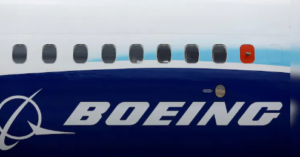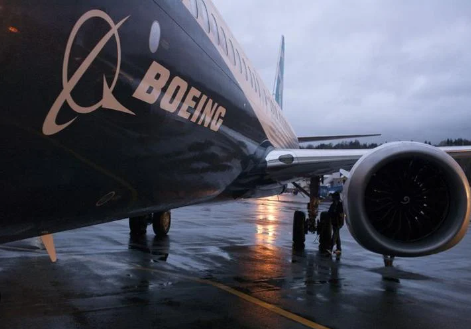Washington, D.C. – Boeing has announced plans to make design changes to its 737 MAX 9 aircraft to prevent a repeat of the mid-air cabin panel blowout that occurred on an Alaska Airlines flight in January.
The incident, which led to a two-week grounding of the MAX 9 and a criminal investigation, has raised concerns about Boeing’s safety practices and the oversight of the Federal Aviation Administration (FAA).
According to testimony from Boeing’s senior vice president for quality, Elizabeth Lund, the company is working on design changes to prevent a future incident, including a sign on the door plug indicating “Do not open” and specific requirements for opening and closing the plug.
The National Transportation Safety Board (NTSB) has released 3,800 pages of reports and interviews from the ongoing investigation, highlighting systemic issues at Boeing’s factory, including employees not following instructions and deviations from tool control procedures.
NTSB Chair Jennifer Homendy criticized Boeing’s safety practices, stating, “The safety culture needs a lot of work.” The board will continue its investigation, focusing on the FAA’s oversight of Boeing.
The incident has led to a number of consequences for Boeing, including a ban on expanding production, the departure of several key executives, and a criminal investigation that resulted in a guilty plea and a fine of at least $243.6 million.

Boeing has vowed to make key quality improvements and has taken steps to address the issues raised by the investigation, including placing two employees on paid administrative leave and implementing new procedures for the removal and reinstallation of door plugs.
The company’s monthly MAX production remains low, with Lund stating that it is still “in the 20s”, far fewer than the 38 per month it is allowed to produce.
The investigation and subsequent design changes are the latest in a series of challenges faced by Boeing in recent years, including two fatal crashes of the 737 MAX 8 and a lengthy grounding of the aircraft.





